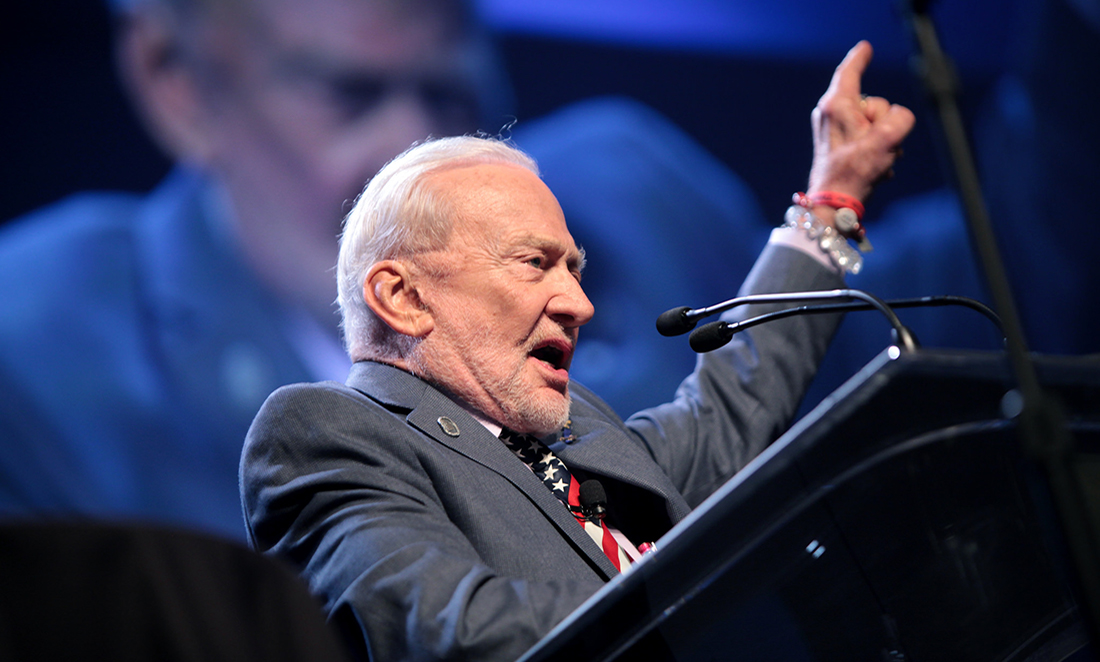If you’ve got a gut feeling about an upcoming encounter of the third kind, you can put money on it.
That’s right, you can gamble on whether you think we’ll officially make contact with extraterrestrial life in 2018.
There’s no fine print on the site, so no word on which official organisation has final say on what constitutes alien contact. But we’re betting a grainy photo of a very far away UFO won’t cut it as proof.

BEAM ME UP, BOOKIE!
If Hollywood movies are anything to go by, the first time we make contact with aliens will be in New York.
However, if you think first contact will occur closer to home, you can put money on that too.
Darwin has the shortest odds at $8.00, with Uluru not far behind at $15.00. This isn’t entirely surprising, when you consider that the Northern Territory is notorious for bizarre UFO sightings.
Slightly less likely to be the location is Melbourne, followed by all the other eastern cities.
You can bet that we’ll meet aliens up Ship Creek at $276.

And finally, at $501, you can bet that aliens will first make contact with us in Perth.
WHAT ARE THE ODDS?
It’s unclear what it is about Perth that makes it seem unappealing to alien life. It’s actually not clear at all what any of the odds are based on.
But not long ago, they dropped quite significantly. Was it because of some ground-breaking research from a reputable scientific organisation?
Of course not.
The odds got shorter when UK tabloid the Daily Star reported that Buzz Aldrin had passed a lie detector test in which he claimed to have seen aliens.

The lie detector test came from the Institute of BioAcoustic Biology, an ‘independent research studio’ in Ohio, US. The technology used was ‘top secret’, but it seems that their work involves decoding the frequencies of the voice.
But it wasn’t really Buzz that participated in this lie detector test.
It seems that it was a clip of audio from a documentary (which has since been removed from YouTube for violating copyright) that was analysed for ‘lies’.
In this clip, Buzz describes something that the Apollo 11 crew had seen out the window of their spacecraft.
“There was something out there that, uh, was close enough to be observed ... [It] had a series of ellipses, but when you made it real sharp it was sort of L shaped. That didn’t tell us very much.”
On several occasions, Buzz has explicitly stated that it was not an alien. But whoever analysed Buzz’s voice pattern seems to think otherwise.
“Aldrin believes what he is saying emotionally but has doubts intellectually … He has a firm belief in what he saw but logical awareness that he cannot explain what he saw; therefore he thinks he should be doubted,” the report says.
For some tabloids this questionable assessment translated directly into Buzz Aldrin saying, “I saw a UFO.” Newspapers around the world picked up on the story, the fake news spread and eventually Sportsbet reconsidered the odds it was offering to punters.
BIOACOUSTICS, BONA FIDE OR BULL?
Bioacoustics is a real, useful scientific field in which researchers use sound to understand the world around us.
At the University of Western Australia, the bioacoustics group is investigating the role that sound plays in mass whale strandings.

The Curtin University Centre for Marine Science and Technology is also using bioacoustics to understand marine mammals and fish populations, as well as terrestrial creatures such as the black cockatoo.
In 2013, UWA researcher Dr Monica Gagliano extended bioacoustics to explain plant behaviour, revealing how they can grow in a certain direction or release pollen in response to sounds of a certain frequency.
For all of these applications, evidence exists of their usefulness.
But the Institute of BioAcoustic Biology claims that an understanding of our vocal frequencies can “reverse diseases and traumas previously thought to be incurable, to reveal the secrets of our true nature, to enhance our lives, to predict what may be our fate through the frequencies of our voice”.
For this, there is no evidence.
And frankly, as long as news publications keep spreading stories based on bad science, we can’t blame the aliens for keeping their distance.








